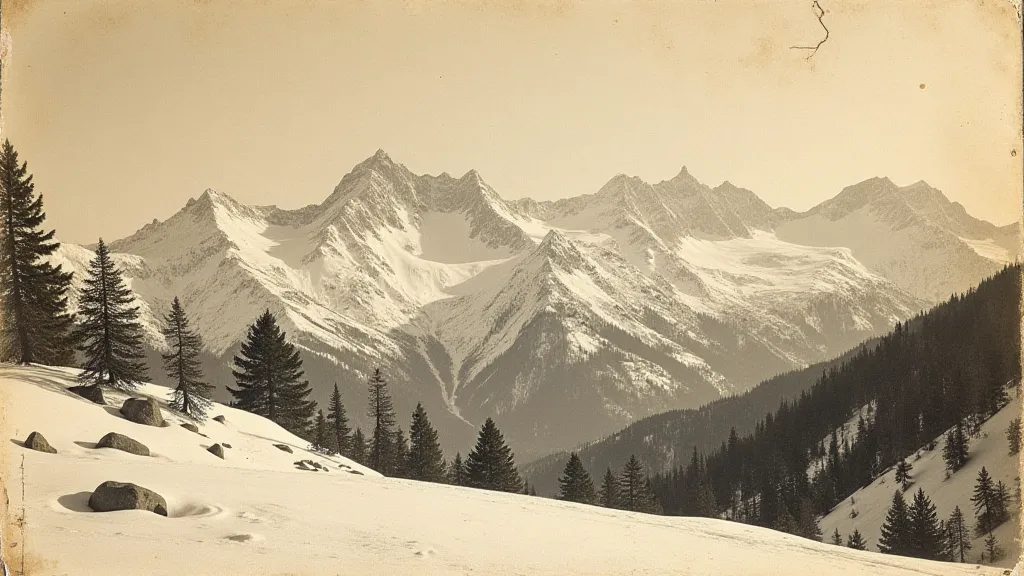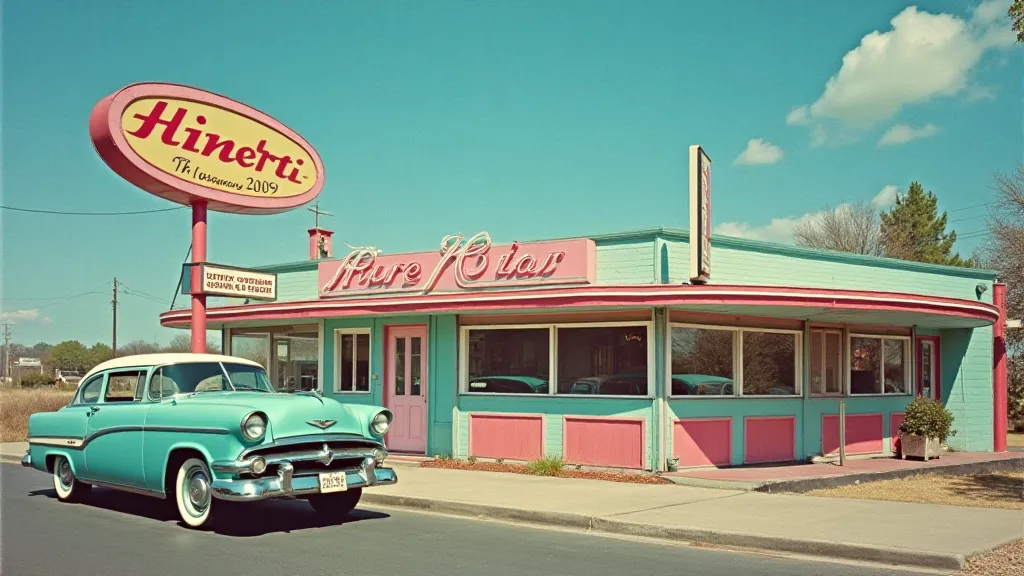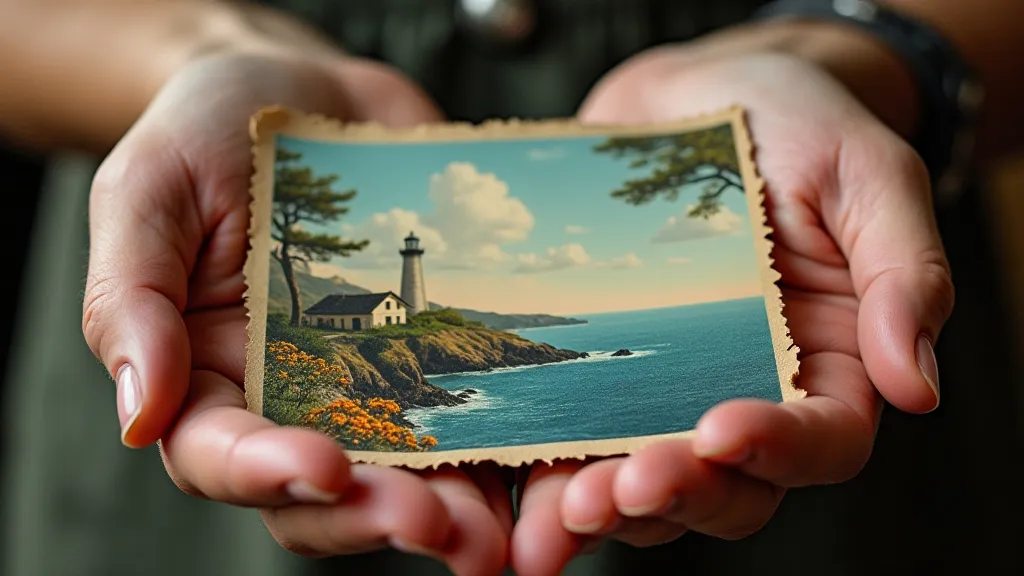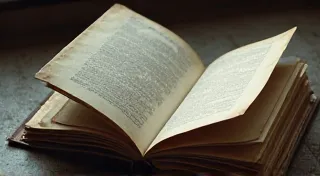Paper Constellations: Tracing Themes Across a Century of Postcard Production
There's a peculiar magic in holding a vintage postcard. It’s not just the tactile quality of the slightly yellowed paper, or the faded colors; it’s the whisper of a story, a moment in time frozen and sent across miles. For those of us drawn to the world of collecting, particularly focusing on vintage travel postcards, the journey isn't just about acquiring beautiful objects. It's about piecing together a fascinating tapestry of changing cultural values, artistic preferences, and the evolving human desire to share experiences. This isn't just collecting postcards; it’s tracing paper constellations across a century of production.
My own fascination began with a single postcard – a depiction of the Hotel del Coronado in San Diego, circa 1910. My grandmother, a lifelong traveler, had tucked it away in a scrapbook, its image a faded echo of a more vibrant past. It felt like more than just a picture; it felt like a connection to her spirit of adventure, and to a time when sending a postcard was a genuine act of connection, a miniature ambassador of joy.
The Dawn of the Picture Postcard: A New Form of Communication
The ‘golden age’ of postcards, roughly between 1900 and 1920, was a pivotal period. The invention of the halftone printing process made mass reproduction of images affordable, coinciding with a surge in postal services and a growing middle class with the means and inclination to travel. Suddenly, sharing a view of the Grand Canyon or the Eiffel Tower wasn't limited to the wealthy elite; it was accessible to a wider audience. This new medium quickly transcended its purely functional purpose, evolving into a form of personal expression and social commentary.
Early postcards often showcased grand architecture, picturesque landscapes, and burgeoning cityscapes. The photographic techniques were rudimentary – often sharp but lacking in nuance – but the artistry lay in the framing and composition. The back of the card, with its undivided space for message and address, was a crucial element. Long, florid messages, penned in elegant script, offered glimpses into lives lived, journeys undertaken, and relationships nurtured. These aren't just collectibles; they are miniature time capsules.

Shifting Styles: From Linen to Chrome
The shift from real photographic images to the “linen” style in the 1930s and 1940s marked a distinct change in aesthetic preference. Linen postcards, characterized by their soft focus, pastel colors, and almost dreamy quality, reflected a desire for optimism and escapism during the Great Depression and wartime anxieties. The lack of sharp detail also allowed for a romanticized vision of travel destinations, often softening harsh realities.
Following World War II, the rise of the “chrome” postcard in the 1950s and 1960s signaled a move towards a more modern and vibrant aesthetic. Chrome postcards boasted crisp, bright colors, sharp focus, and a sense of glossy perfection. They often featured depictions of new roadside attractions, burgeoning tourist industries, and the promises of the American Dream. This era’s postcards weren’t just about documenting places; they were about selling a lifestyle.
Recurring Motifs and Thematic Trends
Beyond the evolution of photographic styles, certain motifs recur throughout the century of postcard production, revealing broader shifts in cultural values. Images of Native American cultures, particularly in the early 1900s, often reflect a complex blend of romanticization and exploitation. These depictions, while sometimes beautiful, can be deeply problematic when viewed through a contemporary lens, highlighting the need for a critical and nuanced approach to collecting.
The depiction of automobiles is another compelling theme. Early postcards often featured horses and carriages, but as the automobile became more prevalent, it gradually replaced them, symbolizing progress, modernity, and the freedom of the open road. The design of these cars, the landscapes they traversed, and even the way they were positioned within the frame, all reveal a changing perception of transportation and leisure.
The portrayal of women also offers valuable insights. In the early 1900s, women were often depicted in domestic settings or as idealized figures of beauty. As the century progressed, we see more depictions of women as travelers, adventurers, and active participants in society – reflecting a gradual shift in gender roles and expectations.

Restoration and Responsible Collecting
For those of us drawn to preserving these fragments of the past, the question of restoration often arises. While aggressive cleaning or alteration can diminish a postcard’s value and historical integrity, gentle restoration techniques – such as archival mounting or minor stain removal – can help preserve their beauty and legibility. It’s always best to prioritize preservation over perfection, and to seek advice from experienced restorers.
Responsible collecting also means acknowledging the complexities and potential biases inherent in these images. It's important to consider the context in which the postcards were produced, and to be mindful of the potential harm caused by perpetuating harmful stereotypes or romanticizing exploitative practices. Collecting isn’t just about acquiring pretty pictures; it’s about engaging in a thoughtful and critical dialogue with the past.
The Enduring Allure of a Paper Connection
The world of vintage travel postcards is far more than a hobby; it’s a gateway to understanding the evolving human experience. Each postcard is a tangible link to a specific moment in time, a whispered story waiting to be rediscovered. It's a reminder that even in a rapidly changing world, the desire to connect, to share experiences, and to leave a lasting impression remains a constant thread weaving through the tapestry of human history.
Holding one of these cards, I can almost hear the rustle of the envelope, the clink of the postman's bag, and the anticipation of the recipient. It's a feeling that transcends time and distance – a testament to the enduring power of a paper constellation, connecting us to the past and enriching our understanding of the present.






